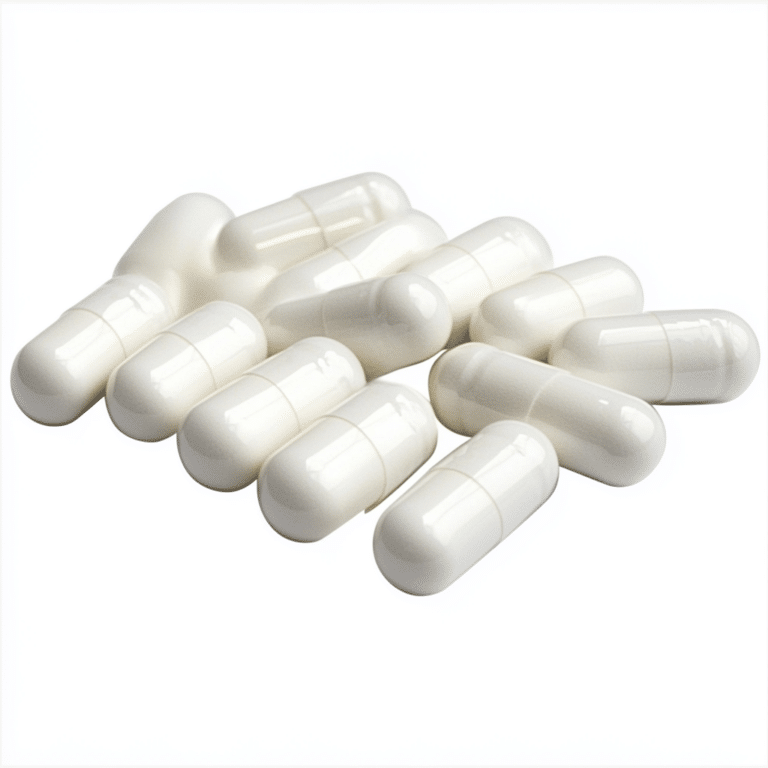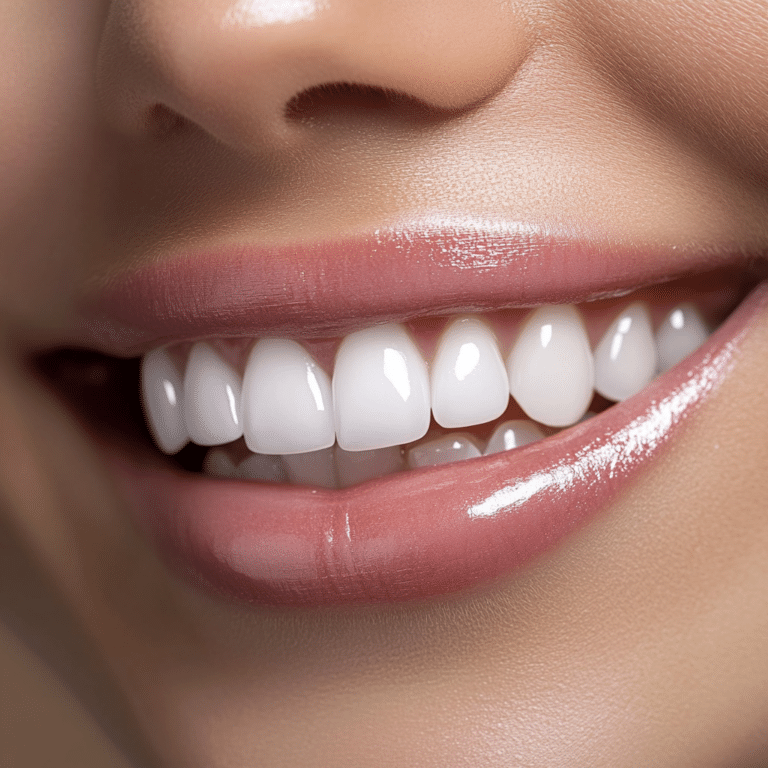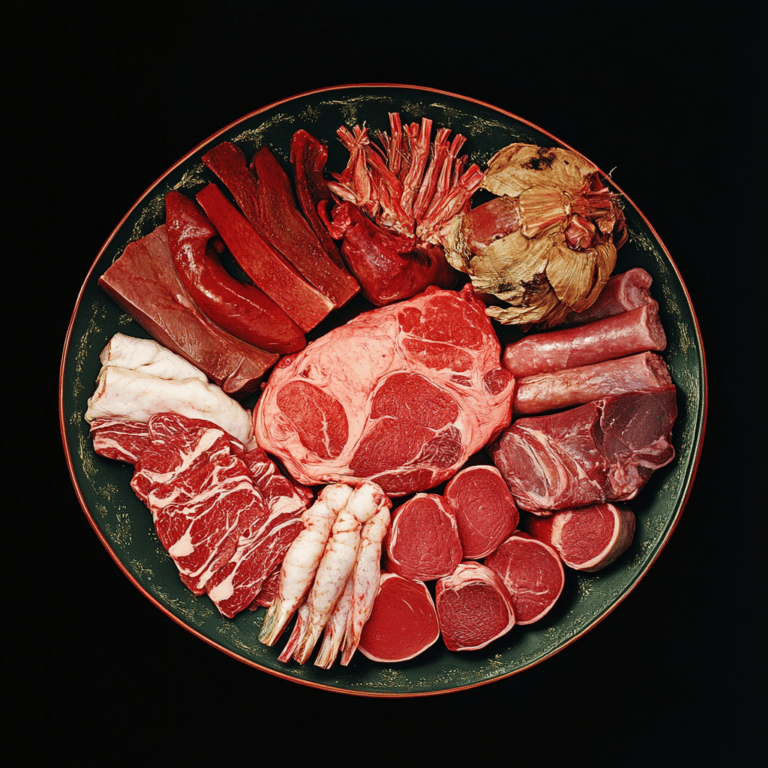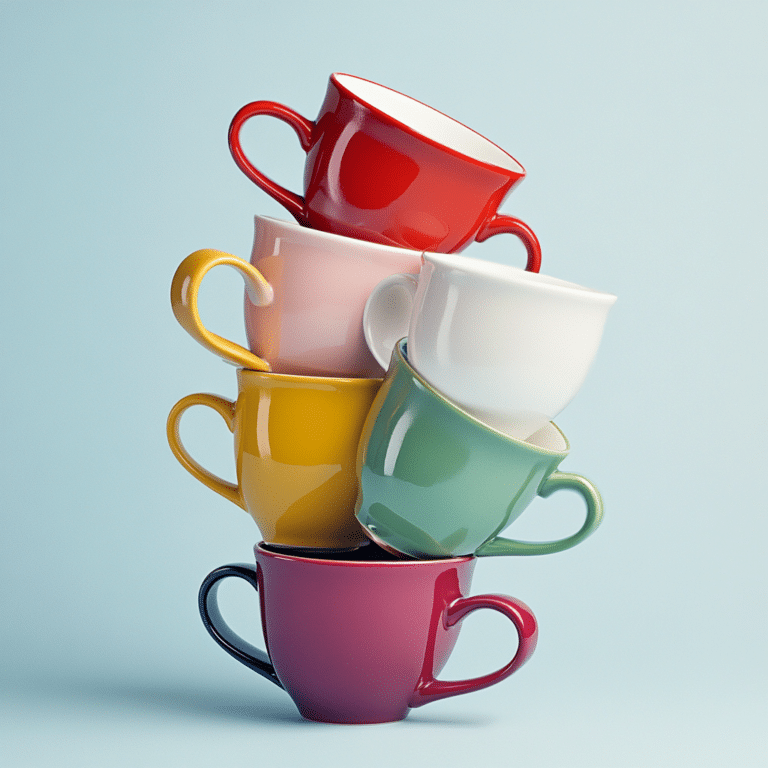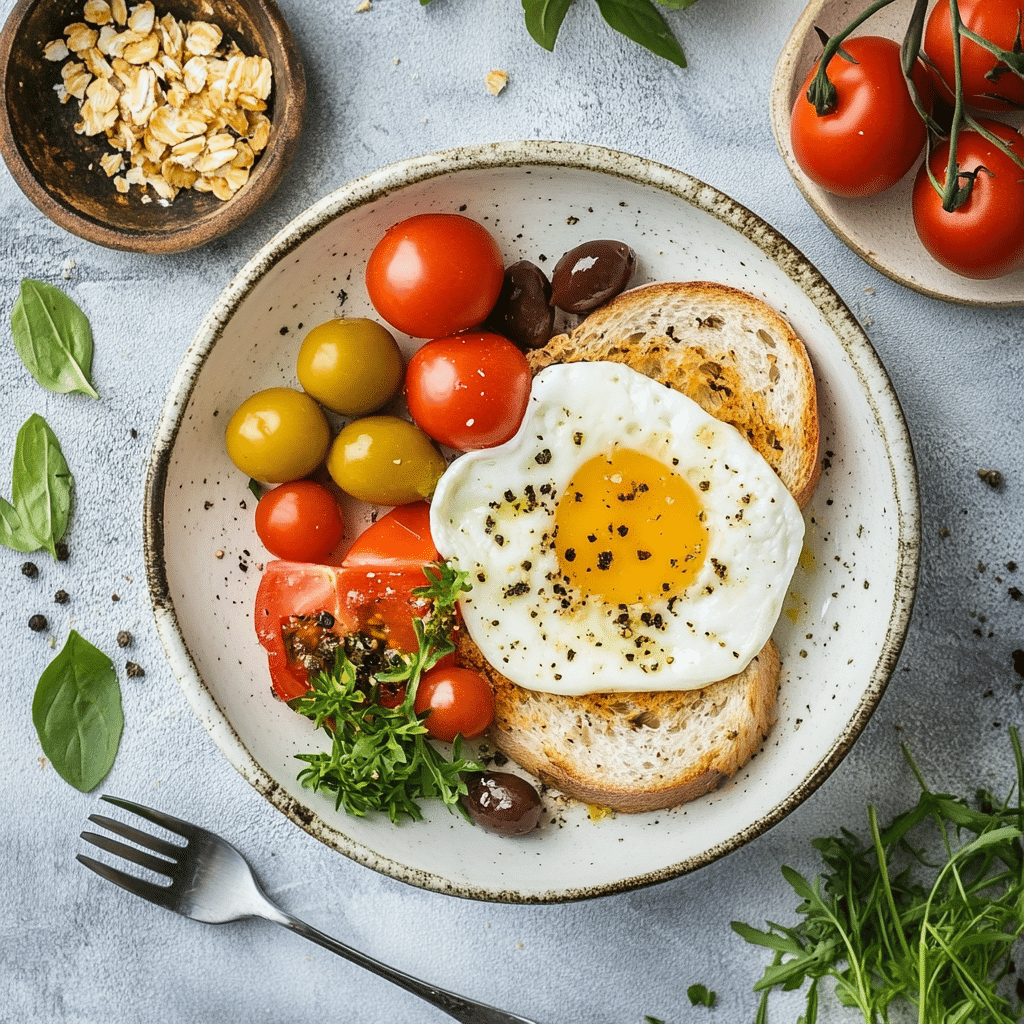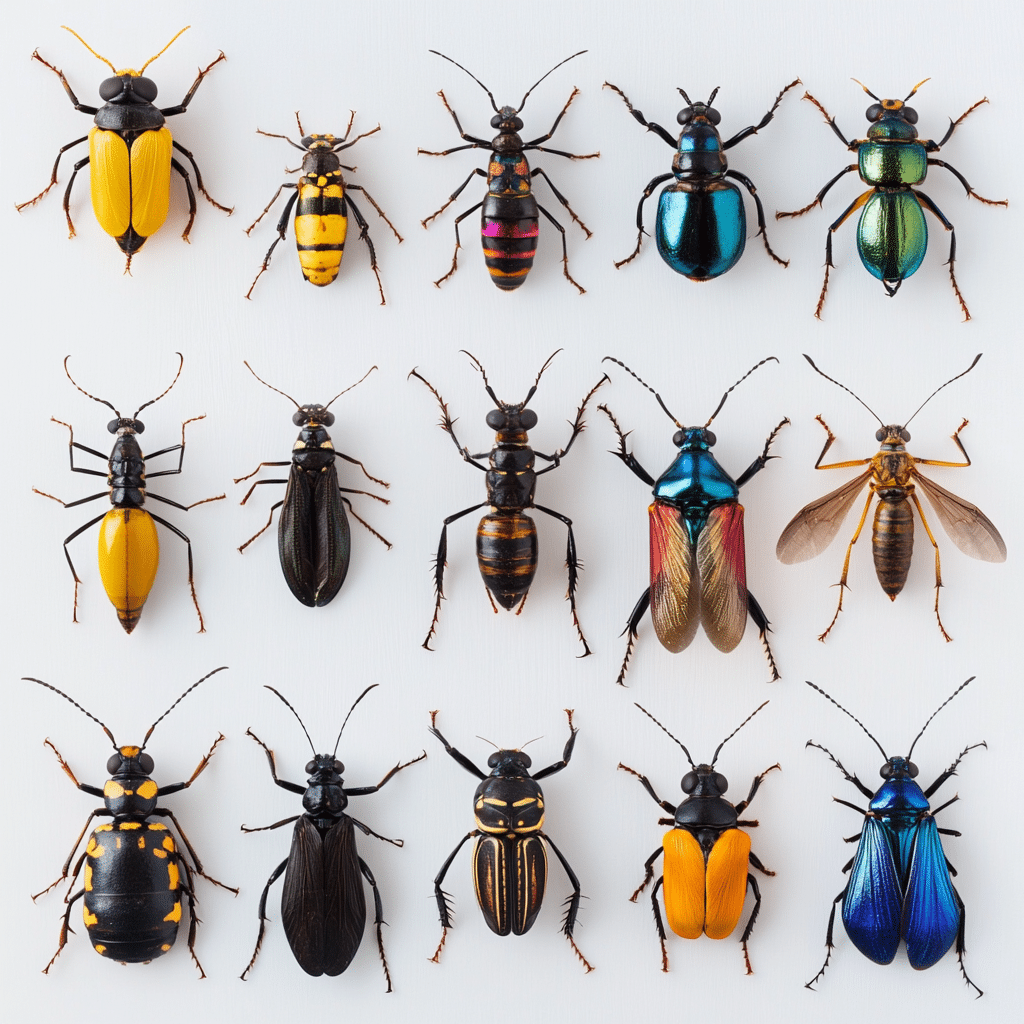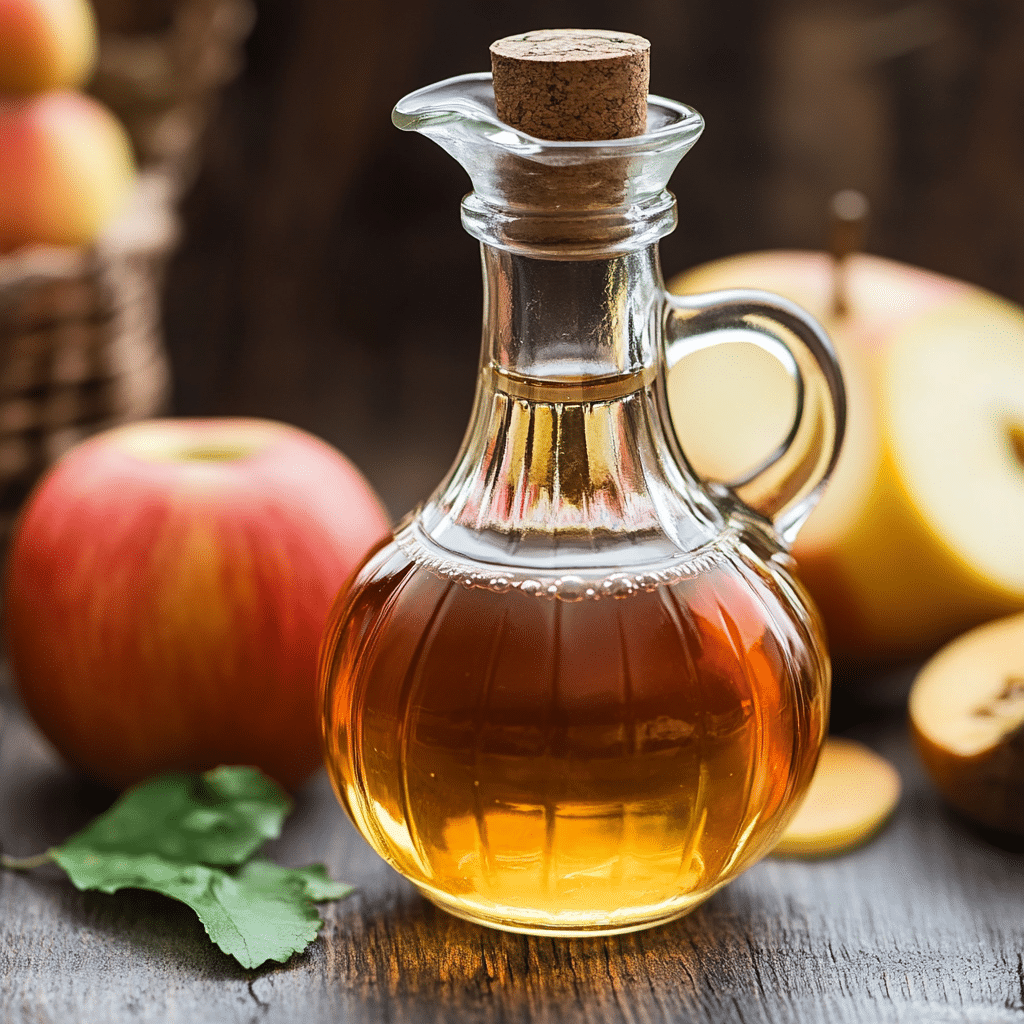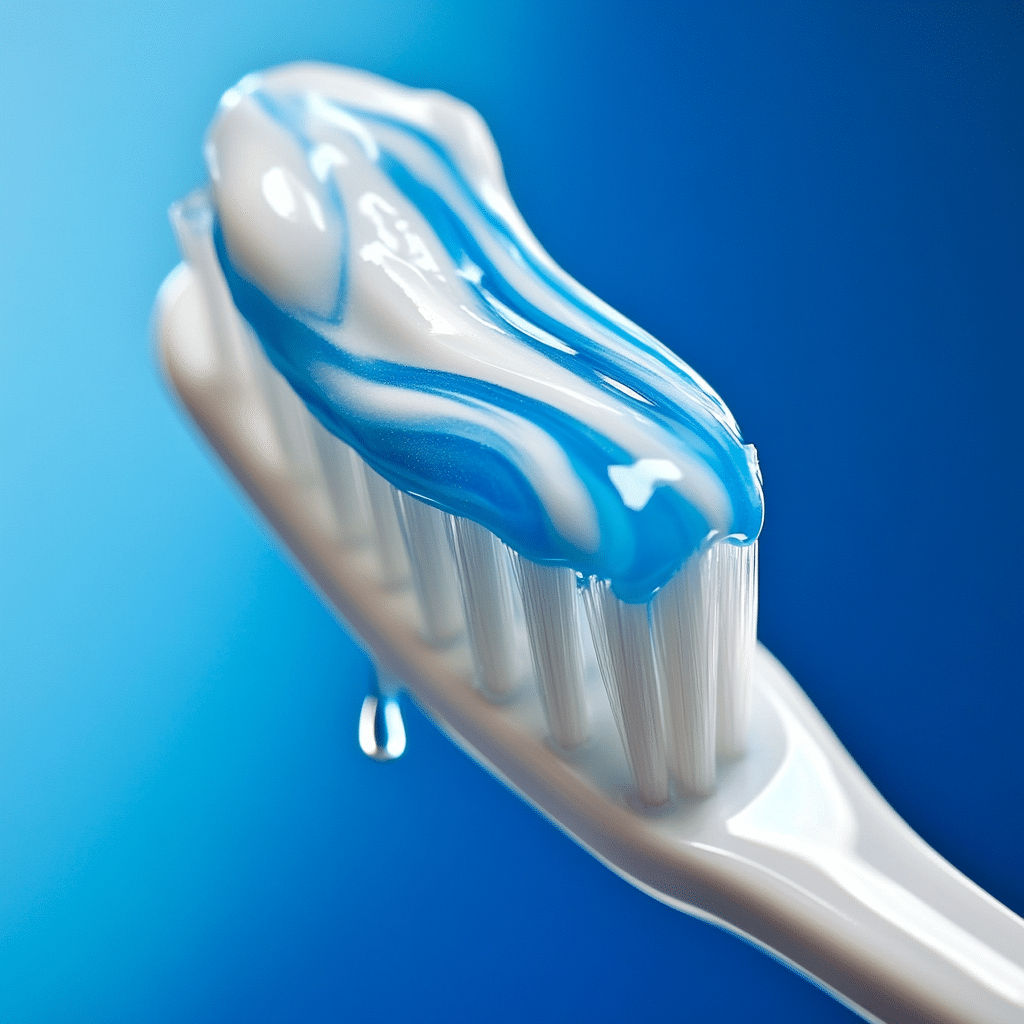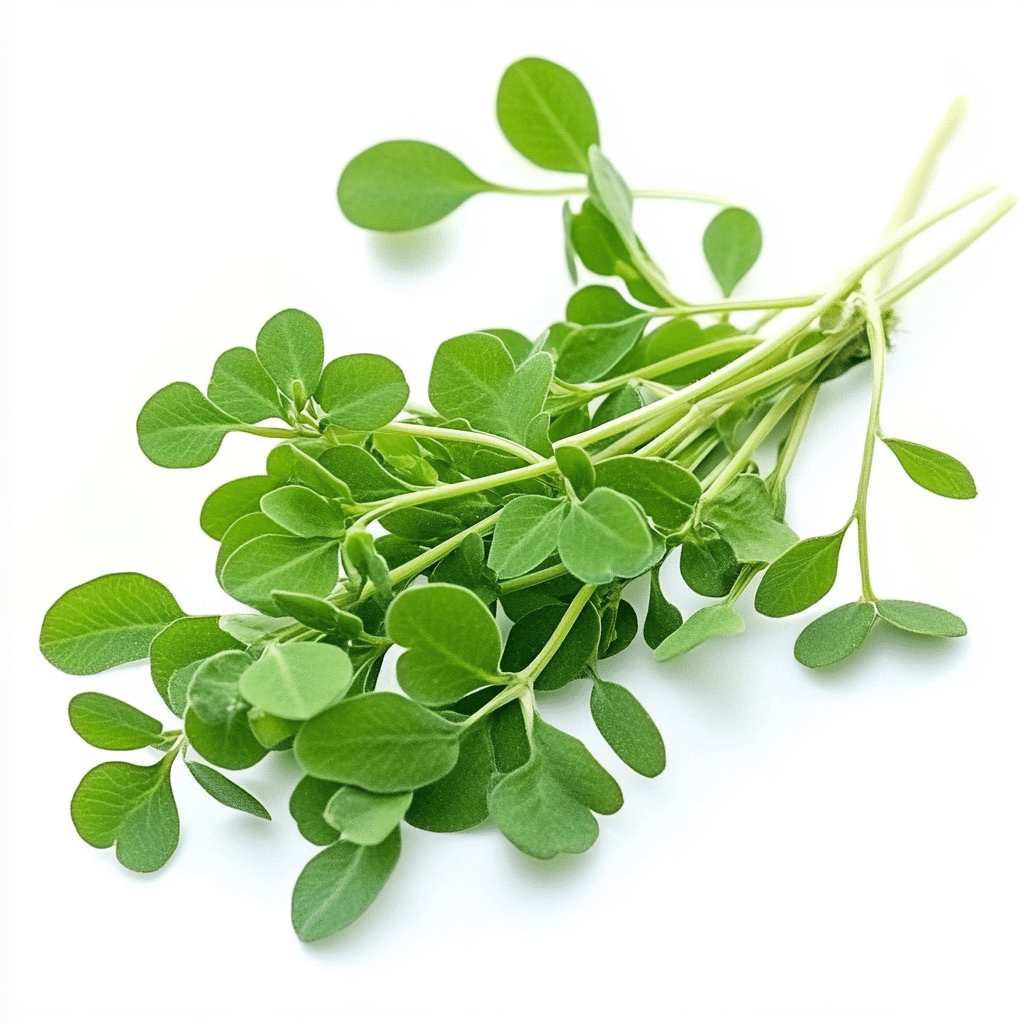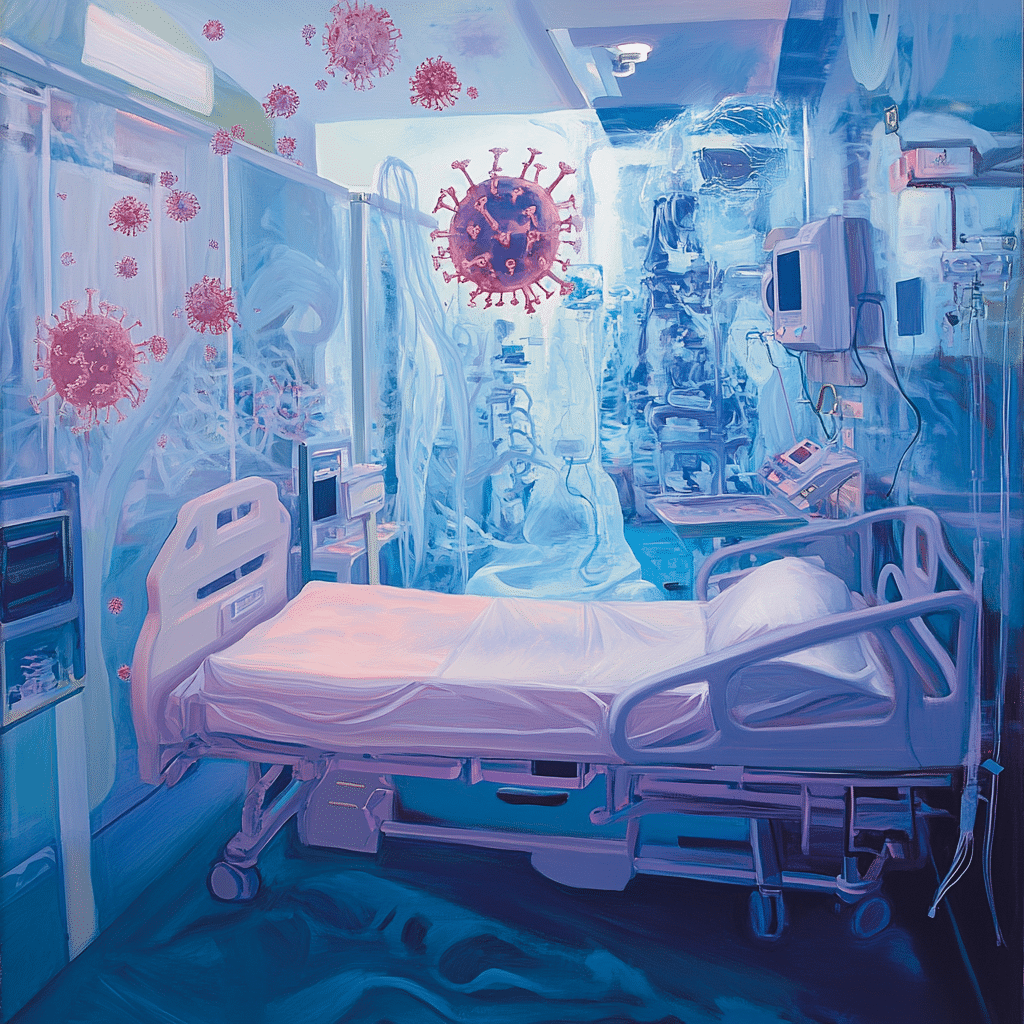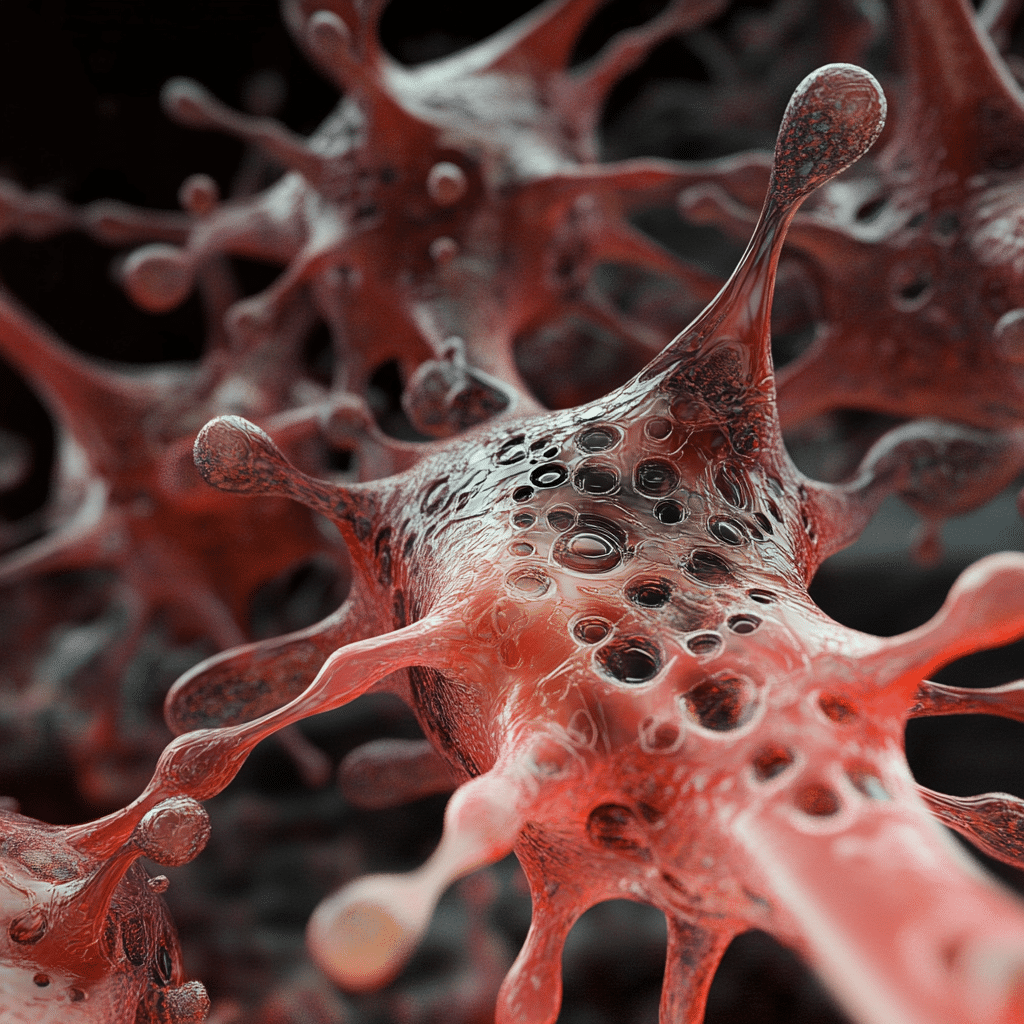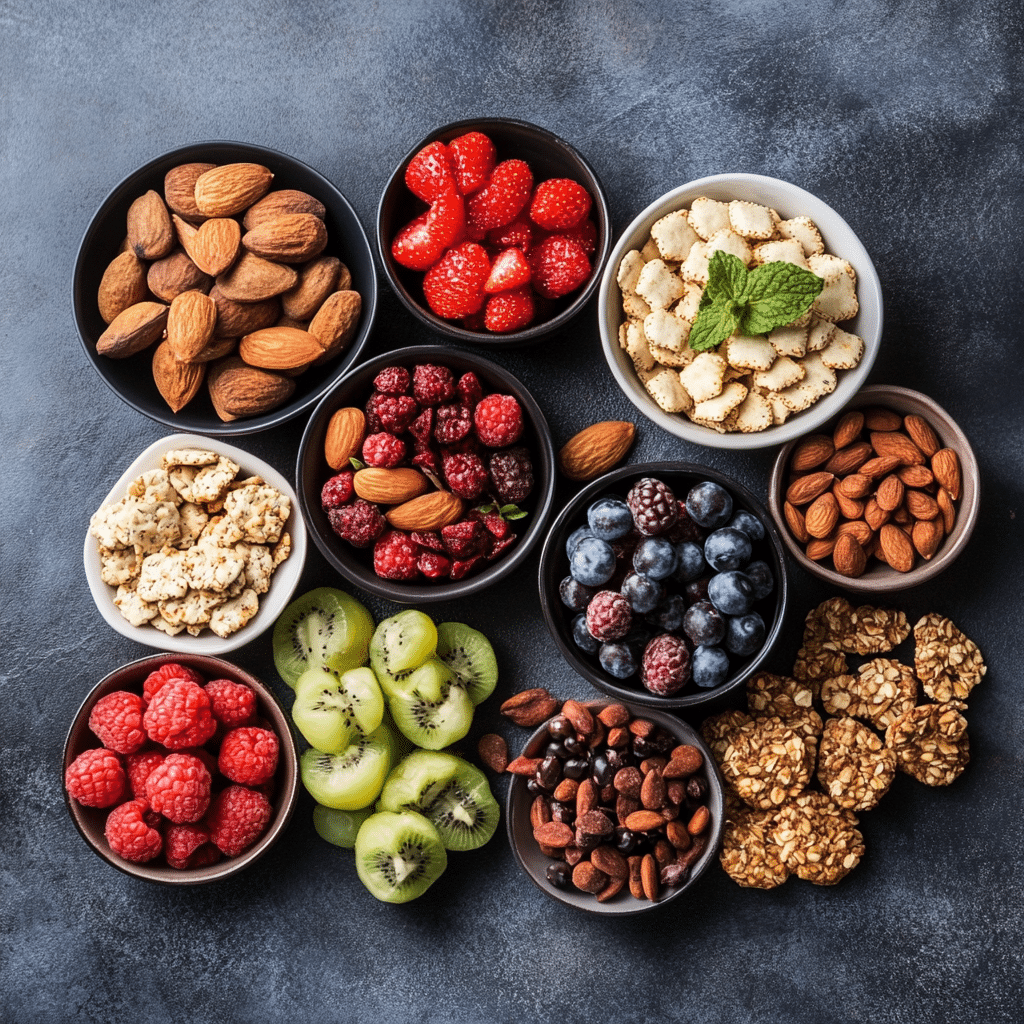When it comes to our bodies, scabs are often seen as an unwelcome sight. However, scabs play a vital role in the healing process that we often overlook or misunderstand. Imagine those tough situations during workouts or competitions that leave you with cuts and scrapes: scabs show your body’s resilience and instinct to heal. They are nature’s way of saying, “I’ve got this!” Let’s dive into the hidden truths about scabs and discover how these little annoyances are actually signs of great things happening behind the scenes.

Understanding Scabs: Nature’s Healing Mechanism
Scabs are one of those fascinating yet often misunderstood parts of wound healing. When your skin is injured, your body doesn’t just sit there—it kicks into high gear! The first step involves forming a protective layer composed of dried blood, tissues, and immune cells. This barrier isn’t just for show; it protects your wound from bacteria, keeps out dirt, and minimizes further damage. Unfortunately, misconceptions about scabs can lead many people to stigmatize them, thinking they’re just ugly reminders of injuries instead of recognizing their essential function.
You might wonder why scabs form in the first place. Well, when you cut or scrape your skin, your body immediately responds with clotting factors. This rush of activity creates a scab and initiates the healing process, which involves several stages: hemostasis, inflammation, proliferation, and maturation. Each stage plays a critical role in the overall recovery—and, guess what? Scabs are like the tooth and nail for this healing process! Next time you see a scab on your skin, remember, it’s your body doing its job.

Top 7 Hidden Facts About Scabs and Their Role in Healing
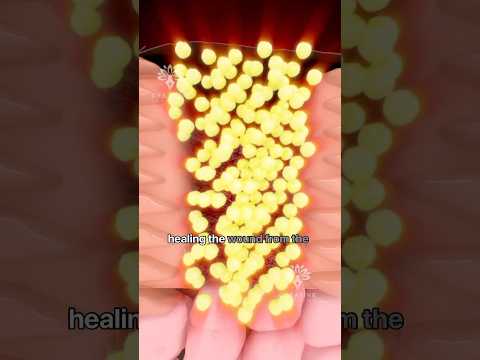
1. Scabs and Wound Healing Phases
Understanding the wound healing phases is key to appreciating what scabs do for your body. The process starts with hemostasis, where your body quickly forms a clot to stop the bleeding. Then comes inflammation, where immune cells rush to the injured spot to fend off infection. Next, the proliferation phase kicks in: new tissue and blood vessels grow, and here’s where the scab serves as a protective cover. Lastly, maturation gradually reorganizes this tissue to strengthen it. So, scabs are an integral part of healing—not just a nuisance to be dealt with!
2. The Biological Composition of Scabs
A scab isn’t just dried blood; it’s crafted from fibrin, platelets, and immune cells. This biological cocktail forms a tough yet flexible shield that guards your wound from external threats while supporting new tissue growth. This complexity reveals why it’s essential not to pick at scabs! The instinct to mess with them can disrupt the healing process and prolong recovery.
3. Scabs and Infection Risk
We’ve all had that moment of panic when we realize a scab looks a little suspect. Scabs are indeed susceptible to infection, and if that happens, it can lead to complications that extend your healing time. To minimize risk, keep wounds clean, covered, and monitored. Regular hygiene is crucial; if you’re dealing with a scab, remember to wash the area gently but thoroughly. It’s a small step that can save you a world of discomfort.
4. Scabs in the Context of Shingles Medication
For those battling shingles, understanding scabs could play a big role in your recovery. Medications such as acyclovir and valacyclovir can influence the healing process, potentially affecting how scabs form and drop away. Knowing how these medications interact with your body can be a game changer, helping you manage your recovery more effectively. Recognizing the relationship between shingles medication and scabs empowers patients to make informed decisions.
5. Scabbing and Oral Health: The Connection to Rotten Teeth
Believe it or not, the concept of scabs isn’t confined to the skin. Conditions such as lattice keratosis, often due to phrases like “poor oral hygiene” leading to rotten teeth, can create scab-like formations in the mouth. Recognizing these connections helps us understand how overall health impacts localized healing. Your mouth’s well-being plays a significant role in how your entire body functions.
6. Cosmetic Concerns: Impact of Scabs on Veneer Teeth
Scabs can even venture into the world of cosmetic dentistry! If you have porcelain veneers, you might encounter scab-like issues following treatment. Gum irritation can occur around chips or veneers, leading to discomfort and potential scabbing. It underscores the importance of aftercare in dental work. Like any workout, positioning matters—care for your smile just as you would for your six-pack!
7. Psychological Perspectives: The Stigma of Scabs
Scabs can carry a psychological weight that we often ignore. They may evoke feelings of unattractiveness or inadequacy, impacting self-esteem. In a selfie-obsessed world, who wants to flaunt an unsightly mark? It’s important to challenge these perceptions and understand that scabs are reminders of resilience. Each scab tells a story of healing, growth, and perseverance.

The Unique Healing Journey: Embracing the Scab
Understanding scabs as symbols of healing invites a new perspective. They shouldn’t merely be seen as blemishes but as markers of progress in our journey toward recovery. This mindful appreciation fosters a healthier attitude, encouraging patience during healing and promoting better wound care practices.
Let’s embrace the scabs, folks! They remind us that our bodies are amazing machines, capable of fantastic feats of recovery. It allows us to celebrate the process and the hustle behind a ripped six-pack or bulging biceps. Next time you’re out there getting shredded or facing life’s challenges, remember those scabs. They mean you fought hard, and your body is still battling. So, let’s push onward, promote the journey of healing, and keep that motivation roaring like Arnold would say—“If you can see it in your mind, you can hold it in your hand!”
In a world obsessed with trying to attain perfection, let’s take a moment to appreciate the beauty in our healing journeys. Every scab is a stepping stone on the way to a more massive goal—just like every workout brings you closer to that dream physique!

Scabs: The Hidden and Controversial Truth Behind Them
The Root of Scabs
When your skin experiences a cut, scrape, or bruise, scabs are nature’s way of stepping in to assist healing. Have you ever noticed that scabs can sometimes be a little funky? Well, that’s because they’re made up of dried blood and tissue. Interestingly, some folks might start coughing up yellow mucus as they can have underlying respiratory issues that affect overall healing. It’s a reminder that our bodies are all interconnected—what happens in one area can ripple through others!
As bizarre as it sounds, the formation of a scab isn’t a straightforward affair. Scabs actually serve as a protective barrier against infections, but they can also prompt a host of questions. Some even wonder about the way scabs might impact things like movement; for example, a femur fracture can change how quickly a person hopes to regain mobility and how scabs might form. And just like solving a tough puzzle, like the Wapo crossword, figuring out the healing process can require some thought.
Fun Facts About Scabs
Speaking of puzzles, did you know that scabs come in various colors and textures? It’s true! Changing colors can indicate that healing is occurring; oftentimes, they might turn from a dark red to a lighter hue. This is similar to how artists use a broad palette, much like the shades found in prismatic slime in Stardew Valley. What’s more, while we usually think of scabs forming on external injuries, internal ones might be just as sneaky, requiring a sharp eye—much like recognizing What Causes eye twitching when you’re stressed out.
And if you thought scabs were only skin-deep, think again! They can be a window into our overall health. High liver Enzymes can sometimes cause unusual bleeding, leading to scabs forming in unexpected places. Just like enabling a good fit for your phone with a stylish google pixel 7 pro case, keeping an eye on your health can maximize your well-being. So, the next time you see a scab, remember—it’s not just about healing; it tells a story about your body and its intricate processes, revealing how much our biology can surprise us!
In conclusion, scabs are more than just crusty nuisances; they embody resilience and adaptability. While they protect your wounds, they also reflect the diverse interconnections within our bodies. So, embrace those scabs as part of life’s quirky little truths—they’re telling you something important.




